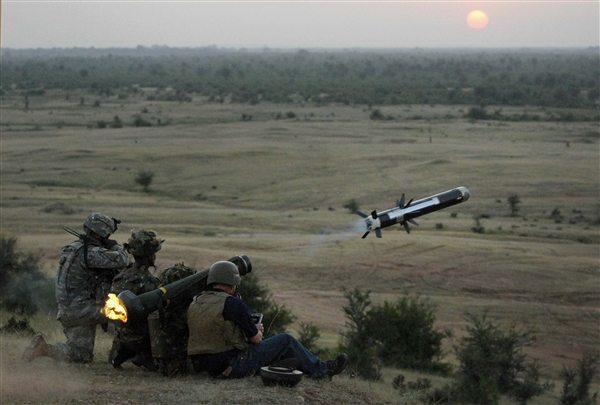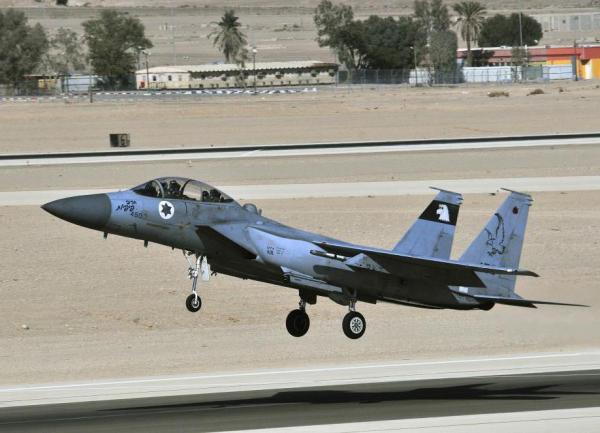A new Forecast International analysis of the anti-armor missile market projects that manufacturers will produce more than 200,000 missiles worth nearly $10 billion through 2022.
Like many other defense segments, the anti-armor missile market is evolving. Combat operations in Iraq, Afghanistan, and elsewhere have spurred anti-armor purchases by the U.S. and other militaries. Ironically, these missiles are not engaging tanks, but rather a host of other target types – from terrorist hideouts to unarmored pickup trucks. Established market players have benefited from this evolving trend.
“U.S. and Israeli firms still have the largest share of the anti-armor missile market,” said Larry Dickerson, Forecast International’s senior missile analyst. During this period, “Lockheed Martin, Raytheon and Rafael will earn $2.8 billion selling anti-armor missiles to customers worldwide,” Dickerson said.
The market positions of these manufacturers have become increasingly intertwined. For example, Lockheed Martin has cooperated with Raytheon in the development and production – and marketing – of the FGM-148 Javelin man-portable anti armor missile system. The Javelin is the U.S. Department of Defense’s standard man-portable anti-tank guided weapon, and nearly a dozen nations employ it.
The Pentagon is interested in a more capable Javelin, the so-called Javelin ER, which would offer greater range than the original version and possibly some guidance enhancements and better performance against targets other than armored vehicle targets (e.g., bunkers and other reinforced structures). However, budget issues have scaled back some programs or forced their cancellation.
The first blow to these companies came with the Pentagon’s decision to cancel the Non-Line-of-Sight-Launch System (NLOS-LS) program. The NLOS-LS program had an estimated worth of $2 billion. The Pentagon then began backtracking on its support for the Joint Air-to-Ground Missile (JAGM) program, which was aimed at replacing the AGM-114 HELLFIRE and AGM-65 Maverick. Now, JAGM has suffered the same fate as its predecessor, the Joint Common Missile (JCM). Another acronym may take over for JAGM; however, until a new missile is ready, the Pentagon will continue to purchase HELLFIREs, Mavericks, and TOWs.
Meanwhile, new systems are emerging overseas. “Europe is working on next-generation systems to win back the market share it once had,” Dickerson said. These include the Missile Moyenne Portee (MMP) and the Missile Longue Portee (MLP), which will replace MILAN and HOT, respectively.
For its part, Rafael Advanced Defense Systems is Israel’s leading anti-armor missile manufacturer. Against most expectations, Israel has slowly secured export production contracts for its anti-armor missiles and from an area once thought to present few opportunities – Europe. Rafael can count seven European countries as customers of its family of SPIKE anti-armor missiles, providing a stable production base for the company.
Companies are also working on new lightweight missiles that can perform various missions and demonstrate the blurring between different markets. “Missiles are slowly evolving, becoming more than just a weapon for use against tanks or aircraft or bunkers,” Dickerson said. “Eventually, the anti-tank missile market will cease to be an independent entity, becoming submerged in a larger strike weapons market.”
Forecast International, Inc. is a leading provider of Market Intelligence and Analysis in the areas of aerospace, defense, power systems and military electronics. Based in Newtown, Conn., USA, Forecast International specializes in long-range industry forecasts and market assessments used by strategic planners, marketing professionals, military organizations, and governments worldwide.











